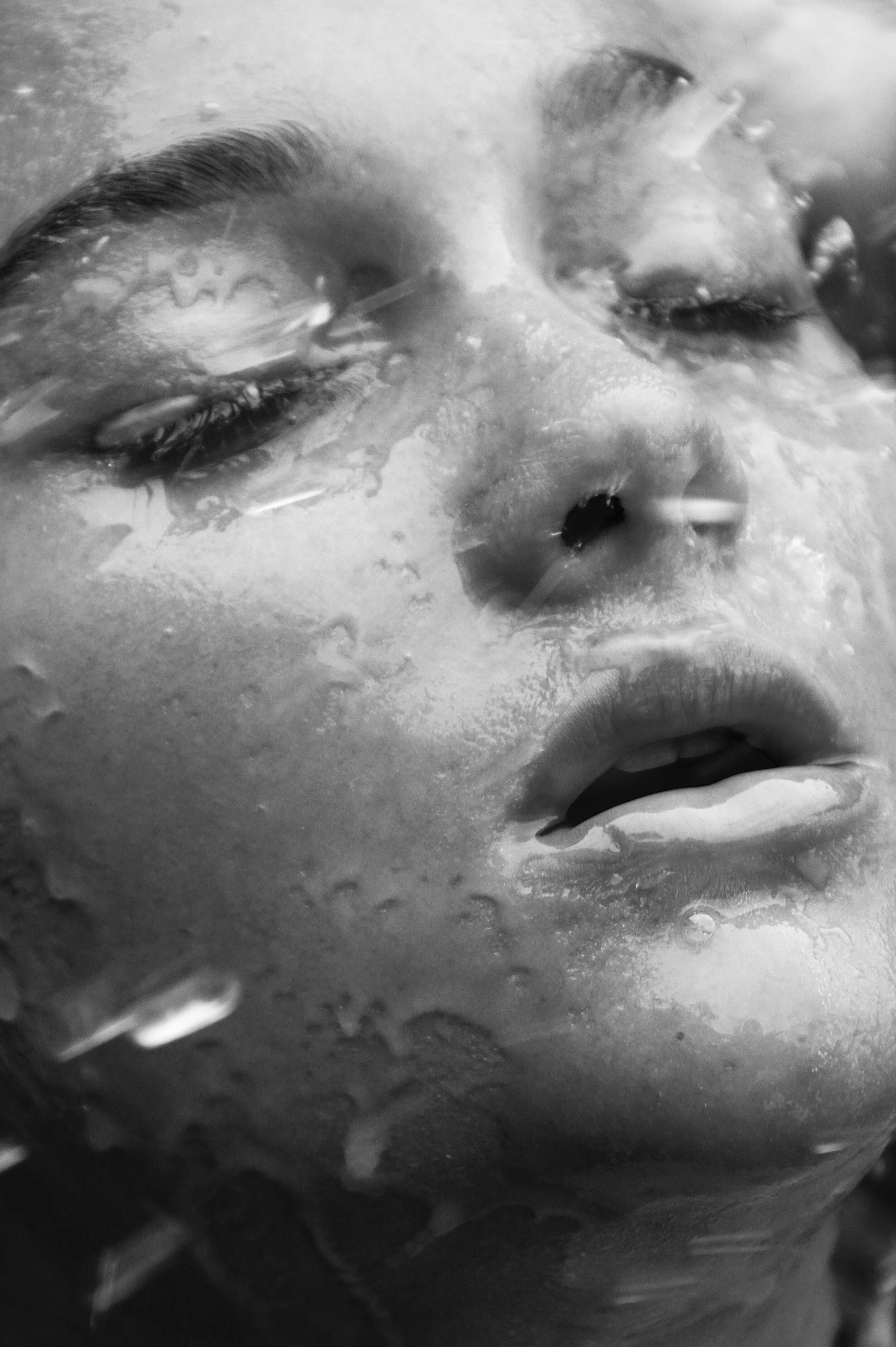Wabi Sabi (侘寂) | Balinese Artists Who See The Beauty In Creativity's Imperfection
“THE JAPANESE VIEW OF LIFE EMBRACED A SIMPLE AESTHETIC THAT GREW STRONGER AS INESSENTIALS WERE ELIMINATED AND TRIMMED AWAY.”
Tadao Ando
In traditional Japanese aesthetics, Wabi-Sabi is a world view centred on the acceptance of transience and imperfection.
Mainly paired with design and architecture, the view came to be when the Japanese embraced what was either “wabi” or “sabi”.
Wabi stems from the root “wa”, which refers to harmony, peace, and balance.
Sabi refers to "the bloom of time." It's the understanding that beauty is fleeting.
Having been introduced to the concept by author Haruki Murakami’s book ‘Kafka on the Shore’.
Read more : LIFE WITHIN THE LINES | HOW AUTHOR MURAKAMI DRAWS ON EXPERIENCE
This ideology of something that may be unfinished, unprotected or even unattended, outweighing in quality over something that is “perfect” – made me ponder on whether something as complex and versatile as creativity still accepts or abides by these wabi-sabi guidelines.
These Balinese artists excellently encapsulate the the beauty in imperfection…
Evie Lestari
A photographer that explores themes of masculinity, femininity and the overall notions of fragility and life – whilst combining the senses of imagination and realism.
Her alluring portraits and concepts shine vividly on the mundane doings of everyday life, prompting a familiarity of emotion and feeling.
However, a few of her shots are what many would describe as ‘badly taken.’
Her images would be slightly out of focus with motion blur or even broke basic rules of composition.
These technical imperfections didn’t matter to Lestari. It added a sense of an unpolished intimacy to her shots.
It felt more real.
It’s this understanding that abandoning a technically flawless approach could add emotional connectivity that made her work stand out and resonate with the viewer deeply.
With these images, you would walk away feeling like you’ve felt her work, and not just seen it.
The way her images were shot triggered feeling, which helped bring the viewer into the next world.
A case where imperfection added value.
A case where Wabi-Sabi added value.
Read more : HUMANITY ON FILM | THE REJECTION OF REALISM IN DIGITAL PHOTOGRAPHY
Wabi-Sabi
Jamie Windsor
Pared down to its barest essence, Wabi-Sabi is the Japanese world view centred around the acceptance of transience and the purity and beauty of imperfection.
The view seeks to find authenticity that acknowledges 3 simple truths.
1. Nothing is permanent.
2. Nothing is finished.
3. Nothing is perfect.
These 3 truths combine to form a belief that imperfection creates individuality, and individuality creates value.
There is, however, a fair bit of discourse promoting the notions that not getting a technically good “outcome” doesn’t matter if you have caused a great moment.
Delving deeper into the world view of Wabi-Sabi, one realises that it is focused on the idea of seeking imperfection, rather than worrying about getting a technically flawless outcome.
This search of imperfection is to add something to the outcome that something perfectly done cannot communicate on its own.
In terms of the arts and media, this imperfection adds an emotional narrative that challenges the way we see and ponder on the status quo.
Kabul
Anonymous Ancestors nowbali
Budi Agung Kuswara (Kabul), a pioneer of print-making, has been cited for his influence on changing Balinese contemporary art.
In his later work, he uses cyanotypes to create canvasses that touched on his past. Curating imagery of emotive patterns and stark lighting that came from feeling.
Often using elements of the human body and plant life with a dose of the Balinese imagination.
Deep Blue Mirror mizuma-art
Summer Blooming mizuma-art
The emphasis of the work shifts from providing the viewer with a literal visual representation of a time or place in his life, to communicating an evocative feeling.
This is also present in Lestari’s alluring images of the mundane doings of everyday life. Both artists create work that evoke a sense of familiarity. Not a familiarity of place or time, but the familiarity of feeling and mood.
The emphasis has shifted from what something looks like, to what something feels like.
Wabi-Sloppy
“WABI-SABI IS UNDERPLAYED AND MODEST, THE KIND OF QUIET, UNDECLARED BEAUTY THAT WAITS PATIENTLY TO BE DISCOVERED.”
Tadao Ando
@artbyeves
How often do we fret in frustration over our perceived flaws and imperfections?
When we review our work, do we stand back with pride and catch a glimmering phrase that takes our own breath away?
When we think of how we might have created art, do we see our own humanity shining through the moments where we have fumbled?
With artists such as Lestari, if all of her images were well lit and crisp focus with a balanced composition – they would have delivered a literal representation of the scene. But it would have lost their emotional resonance, and their sense of spontaneity.
Unblemished technical flawlessness would have distanced the viewer.
Read more : ART? FINE… | THE INSECURITY THAT COMES WITH CREATING















